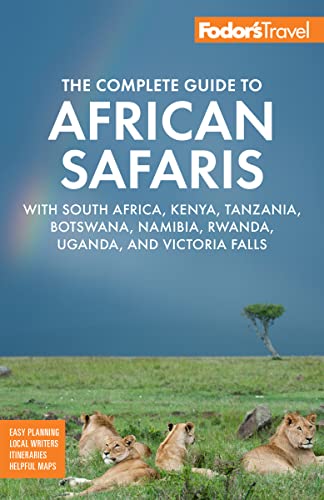Intricately carved doorways studded with brass and white walls draped with bougainvillea distinguish the towns that dot Kenya's coastline. Arab traders who landed on these shores in the 9th century brought their own culture, creating a different style of dress and architecture from what you see in other parts of Kenya.
Men stroll the streets wearing traditional caps called kofias and billowing caftans known as khanzus, while women cover their faces with black veils called bui-buis that reveal only their eyes. The creation of the Swahili language, a combination of Arabic and African Bantu, came about when Arab traders married African women. The term "Swahili" comes from the Arabic words sahil, meaning "coast," and i, meaning "of the." As seductive as the rhythm of the sea, Swahili is one of the most melodic tongues on earth. The coastal communities of Lamu, Malindi, and Mombasa are strongholds of this language and culture that once dominated communities from Somalia to Mozambique.
Mombasa, the country's second-largest city, was once the gateway to East. Mombasa's harbor still attracts a few large cruise ships, but nothing like the hundreds that sailed here before World War I. In Lamu, a Swahili proverb prevails: Haraka haraka haina baraka (Haste, haste, brings no blessing). The best-preserved Swahili town in Kenya, Lamu has streets hardly wide enough for a donkey cart. Winding alleyways are lined with houses set tight against one another. It’s said that the beautifully carved doors found here are built first, then the house constructed around them. By the same token, a mosque is built first, and the town follows.
Azure waters from Lamu to Wasini are protected by the 240-km (150-mile) coral reef that runs parallel to the coast. The beaches have calm and clear surf that hovers around 27°C (80°F). As Ernest Hemingway put it, "The endless sand, the reefs, the lot, are completely unmatched in the world."




